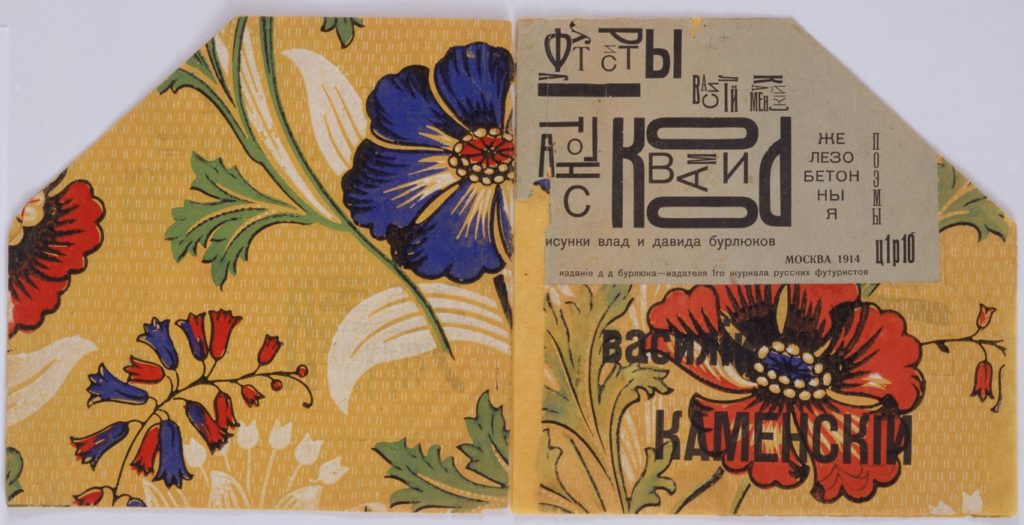Opinion
Was Russia’s Greatest Revolution the One That Upended Art?
THE DAILY PIC: MoMA's holdings in revolutionary Russian art show the birth of both modernism and the postmodern.

THE DAILY PIC: MoMA's holdings in revolutionary Russian art show the birth of both modernism and the postmodern.

Blake Gopnik

THE DAILY PIC (#1701): Since today’s museumgoers vastly prefer special exhibitions to permanent collections, the Museum of Modern Art in New York has done something fiendishly clever: It is getting visitors to look at displays of its holdings by dressing them up as exhibitions, complete with start and end dates and the full PR treatment. And there’s not too much harm in that modest subterfuge when you’ve got a collection with the kind of depth that MoMA’s has.
The MoMA “exhibition” called “A Revolutionary Impulse: The Rise of the Russian Avant-Garde,” assembled to commemorate the 100th anniversary of the Russian revolution, gives as good a survey of its subject as anyone could hope for. I was especially impressed by the way it went beyond the old MoMA clichés about Russia as the birthplace of modernist abstraction at its most pure. Today’s Daily Pic, from 1914, comes much closer to the impure mashups of postmodernism: The Russian artists Vasilii Kamenskii and David and Vladimir Burliuk printed their “Tango with Cows: Ferro-concrete Poems” directly onto garish old wallpaper samples.
For a full survey of past Daily Pics visit blakegopnik.com/archive.